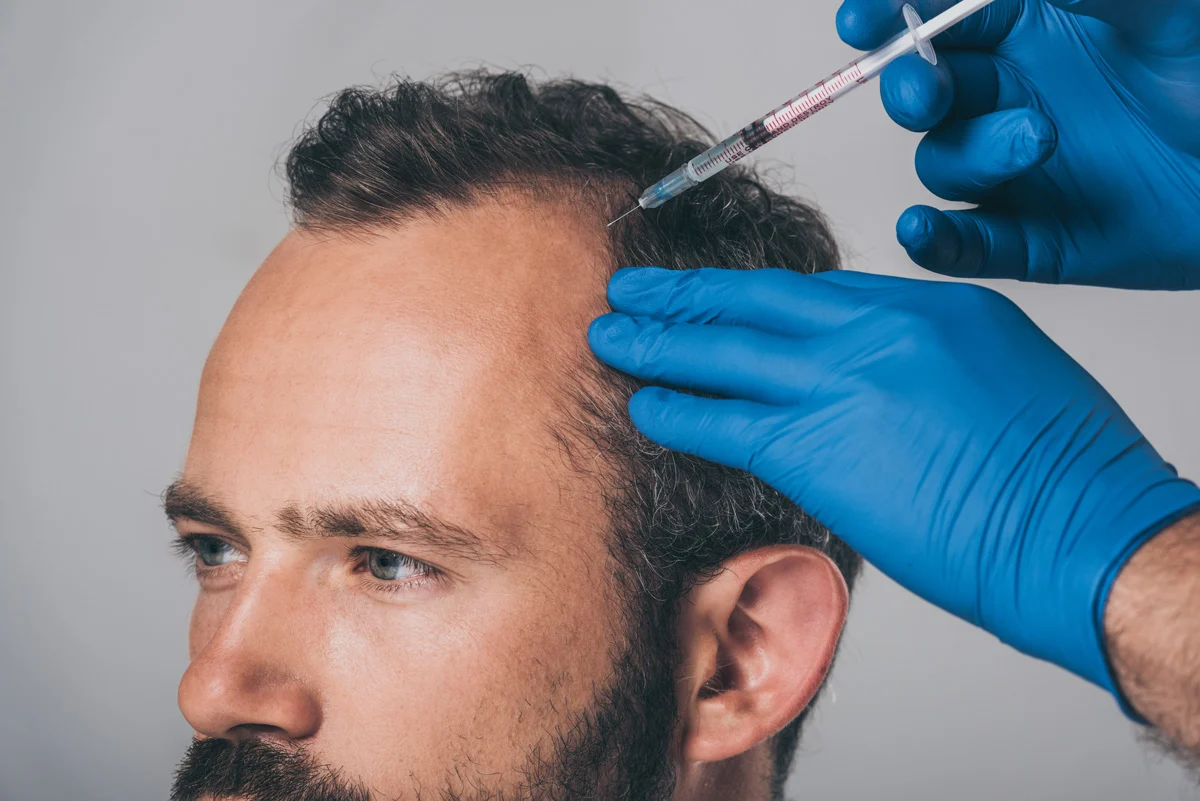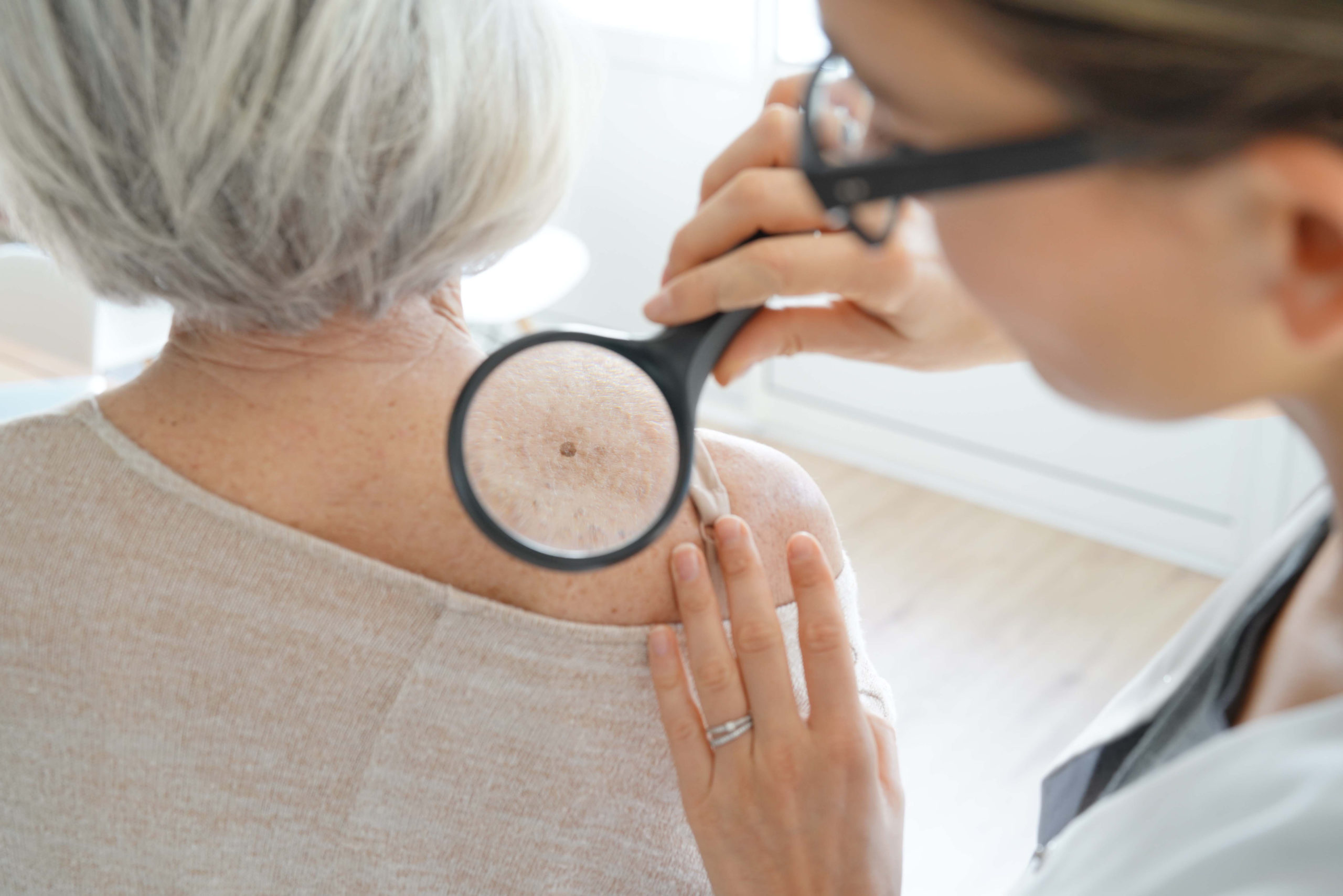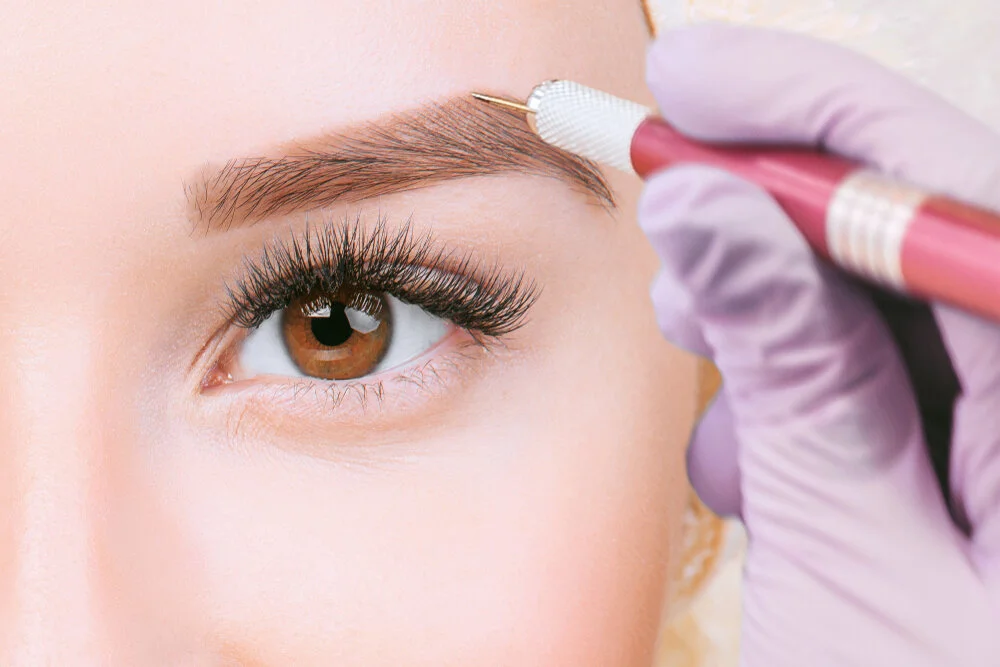
Surgical and cosmetic dermatology provide a wide range of solutions for hair and scalp concerns. Whether you’re dealing with thinning hair or hair loss, there are various techniques to help restore and promote new growth. These options include topical medications and advanced surgical procedures. If you’re considering ways to address changes in your hair or scalp, here are some methods that can help you decide on the next steps:
Minoxidil and Finasteride
Minoxidil and finasteride are standard treatments for hair loss and hair restoration. Minoxidil, available as a topical solution or foam, can be applied directly to areas of the scalp experiencing hair loss or thinning. This approach focuses on stimulating hair follicles. It may require consistent, long-term use to maintain results.
Finasteride is a prescription medication taken orally. Unlike minoxidil, it works by targeting hormonal changes that contribute to hair loss. It reduces the levels of a hormone known as dihydrotestosterone (DHT). Altering these levels is intended to slow the progression of hair loss. Both treatments are typically used for androgenetic alopecia, a common form of hair loss, but individual responses vary. Always consult a medical professional before starting any new medication.
Low-level Laser Therapy
Low-level laser therapy (LLLT) offers a non-invasive option for stimulating hair growth. It uses specific wavelengths of light to target hair follicles. Typically, LLLT devices come in various forms, such as combs, caps, or helmets, and are designed for regular, at-home use.
Surgical and cosmetic dermatology treatment schedules may involve multiple sessions per week over an extended period. The experience is generally passive, as users simply wear the device or move it across their scalp during each session. Outcomes may depend on the individual’s type of hair loss, consistency of use, and other factors.
Platelet-rich Plasma
Platelet-rich plasma (PRP) therapy involves drawing a small amount of your blood, processing it to isolate the platelets, and then injecting the plasma back into targeted areas of the scalp. These platelets are rich in growth factors, which may help support the health of hair follicles.
While PRP therapy is relatively quick and minimally invasive, it is typically performed by professionals in a medical or dermatological setting. This method may be beneficial for individuals interested in treatments that utilize their body’s own resources. It’s used to support other forms of hair restoration, such as medications or surgical procedures, depending on the plan developed by the healthcare provider.
Hair Transplants
Hair transplants involve surgical techniques to move hair from one part of the scalp to areas with thinning or no hair. Dermatologists perform these techniques under local anesthesia to provide comfort during the procedure. Doctors may choose hair transplants for individuals with more advanced or noticeable hair loss. The results largely depend on factors such as the rate of natural hair loss, the density of available donor hair, and the overall health of the scalp.
Get Surgical and Cosmetic Dermatology
Understanding your options is the first step toward finding a solution that aligns with your needs. Whether you’re exploring topical treatments, non-invasive therapies, or surgical techniques, there are multiple paths to address changes in your hair and scalp. To learn more, consult with a qualified dermatology professional. They may guide you through your options and recommend tailored treatments based on your goals and health history. Schedule a consultation today and take the next step toward exploring hair and scalp restoration.




